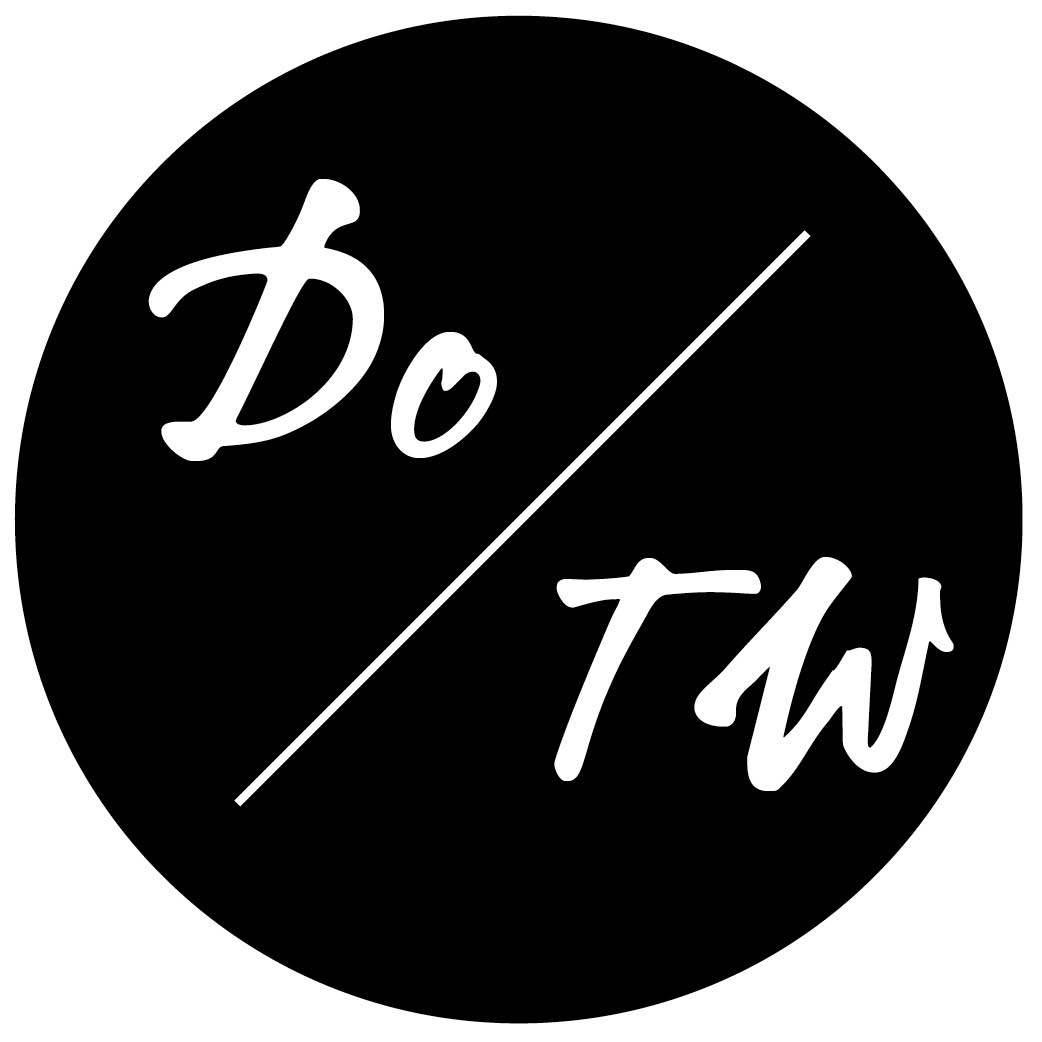Want to Hit the Ground Running with Travel Content Marketing? Check Out Our New Series on Perfecting Your Cold Pitches

Sales. Ugh, right?
I know. I know. Everyone hates it.
Especially writers.
The problem though with that situation though, is that sales, according to the Oxford Dictionary, means:
the exchange of a commodity for money; the action of selling something.
So, if we want to have a writing business, or any kind of freelance business (the practice of making one’s living by engaging in commerce–again via Oxford), we’ve got to exchange some things for money.
For most writers, the question then becomes:
How can I get money without having to do the icky sales exchange bit?!
This is where third-party services like Demand Media, Contently, and other middlemen enter the scene. They exist to connect writers with customers through an impersonal screen of article choices with no need for customer interaction, discussion of rates and terms, or anything else that resembles sales.
If you’re interested in travel content marketing writing, you probably already know what you’re giving up in this exchange…
Money.
A great deal, in fact, of money.
Most of the third-party services that I’ve looked at take at least 80% of the fee they collect with the client. Not in a totally vampiric way, of course. They’ve got to pay their salespeople, account managers, editors, proofreaders, project managers, manager managers, and so on.
When you look at it that way, it becomes pretty clear that the way to earn back that other 80% (though it’s usually more, because those firms are often not charging premium rates of their clients, because their process is not designed to deliver premium results), is to be your own salesperson, account manager, editor, proofreader, project manager, manager manager, etc.
And all of that sounds, as we looked at earlier, pretty “ick” and “ugh.”
Thankfully, there are some ways to make many parts of this process easier for the solopreneur writer (yes, that’s you; you’re a one-person business, a solopreneur).
And it starts with writing a killer cold pitch letter that will save you hundreds of headaches down the line.
Note: I’m really serious here about the headaches. I’ve coached people who have used this pitch-letter process and ones who haven’t. I’m familiar from my own working landing my own writing gigs, hiring writers, and coaching hundreds of writers with all of the potential headaches, how you get them, their cures or lack of cure, and how to practice “preventive business medicine.”
What Our Perfecting Cold Pitching Series Covers
In this five-part series, we’ll unpack the exact steps, do’s, don’ts, and hacks for each step of the process:
- The Secrets of the Flow of Effective Travel Content Marketing Pitch Letters: To kick off our new series on creating content marketing pitch letters that bring your qualified leads you can close into sales, we begin by clarifying exactly why the format of our emails is set up as it is and what it does for you. We’ll walk through key psychological triggers we are hitting (or, in some cases, avoiding hitting each step of the way, and why they are so important in these letters, which are “colder” than magazine pitches. You’ve got to show why people should keep reading in every line. We’ll also look at one of the most counter-intuitive parts (for writers—salespeople totally get this) of the way we teach cold pitching: your letters need to remain the same every time. You want to pour more time into honing your sales pitch letters, and then only tweak one, specific part of it (nothing else!) each time.
- Creating a Clear, Solid Case with Statistics to Keep Your Cold Prospects Reading: It’s so, so tempting to begin any letter to someone with why you are writing them in a very matter-of-fact way about what *you* are doing. But to make a case to someone who doesn’t know you, doesn’t care, and doesn’t really have time to read your email, you have to tap into what’s important to them. As we unpack the first real paragraph of our travel content marketing pitch letter, we’ll explore how to use facts that cannot help but grab your prospects eye to create a case not only for them to keep reading, but want to hire you. The key here is not just to throw together cool statistics, but to use them to tell a story. We’ll explore how.
- Why You? Why Does Your Prospect Care?: Once your prospect has read to a certain point in your travel content marketing pitch letter, even if they’re totally on board with what you’re talking about, and it is important to them, they start to get curious about who you are and why you particularly are writing them about this topic. This is, as with the “about me” paragraph is most magazine pitches, the part where many writers can go very wrong. While it is technically about you, if we don’t stay close enough to the prospect and their needs here, you’ll lose them!
- What Will You Offer? Clarifying Your Content Marketing Pitch: If you’ve followed our complete series on pitching travel content marketing clients, you know that in that series we discussed not only how to locate the people you’ll pitch but also how to get clear on *what* you will pitch them. It’s very tempting to include a laundry list of all the different types of services you’re available for here, but the secret is to stay specific and on story. We’ll explore how in this webinar.
- Start Smart: Mastering the Pitch Letter “Affinity Statement”: We end at the beginning of your pitch letter. The “affinity statement,” a line designed to build an important and real bridge between your prospect. Though this is the shortest paragraph in your pitch—in fact, we call it a “book-end” rather than a paragraph—this is the hardest part of the entire letter for most people. Because it’s the first part your prospect will read, it’s the most crucial to get right if they’re ever going to get excited for and all the way down to your actual sales pitch. We’ll talk through examples of how to nail this crucial section along with the three most common ways people go wrong with exercises and examples throughout.
How to Catch Our New Cold Pitching Series
If you’ve followed us for a while, you know that we offer a free webinar from our archives each weekday at 5 pm EST.
By now, we’ve done roughly 130 webinars, so it can take a few months for the new ones to roll around to you. We typically add new webinar series to our On-Demand Webinar Library once the whole series is complete so people can grab the whole thing as a set rather than piecemeal.
That means, if you’re interested in cracking the code on content marketing pitch letters to land your own gigs with companies that you:
- want to work with,
- have selected yourself from the see of companies out there–rather than being stuck with whoever is advertising on a job board that week, and
- are also jazzed about in terms of the type of content marketing work they need (as in you’re not having to choose between companies you like and work you hate, like hundreds of short, annoying social media posts for a company really aligned with your interests vs. soul-sucking blog topics that let you flex your writing muscles)…
…you’ve got three options:
- Wait until sometime next spring, likely March or April at the earliest, when these webinars roll up in the free webinar queue.
- Wait until the series is finished and ready to launch in our On-Demand Webinar Library, probably November or as part of our holiday specials.
- Join us live each week when the new webinars are being recorded.
Live access to new webinars is available to members of our Dream Buffet and coaching programs, and includes, for each webinar:
- streamable and downloadable video (so you can spend subway rides, boring layovers and long flights moving your career forward)
- streamable and downloadable audio (perfect for listening in the car or at the gym)
- full slide deck (this way you can cut and paste every single script we use!)
- complete transcript (these usually run 15-30 pages because we cover so much in each hour)
We upload these additional viewing/listening/reading options typically within two to three days, if not sooner, after each webinar.
But webinars are just a small portion of the resources available to Dream Buffet members, who also get:
- exclusive live access to our webinars and monthly ask-me-anything calls limited only to members of the Dream Buffet and coaching programs
- downloadable and steamable videos for all of our past webinars (nearly 200 so far with new ones added every week!) after they air and the transcript of the call as soon as its ready–members of Dream Buffet and our coaching programs get access before the webinars are set up in our paid library
- detailed breakdowns of exactly which sections are open to freelancers and how to pitch them in more than 500 magazines
- more than 400 detailed answers to questions about every facet of freelance travel writing, from how to email editors to what to say to land a travel content marketing client (and we’ve got folks going through our past webinars and pulling new ones to add throughout this month!), in our On-Demand Coaching Concierge system
- the ability to submit their own questions for inclusion in the database through a quick “request” right from any screen of the coaching concierge site if you can’t find what you need
- **NEW** weekly accountability check-in
- **NEW** 50% off our At-Home IdeaFest and Pitchapalooza Programs (and our soon-to-be-announced Freelance Business Systems Mastermind Program)
- **NEW** access to hundreds of industry research reports, courses on freelancing and productivity from top names in the game, and other resources from Gabi’s personal library
…with a membership to our Dream Buffet!
